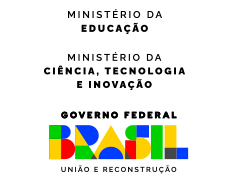Seminars
UPCOMING
On the dynamics of meromorphic vector fields with univalued solutions
Abstract: Holomorphic/meromorphic vector fields all of whose solutions are univalued as functions of the time $T \in C$, (aka semicomplete vector fields) are somehow rare but they tend to be associated with remarkable situations not only in Mathematics but also in Physics. In a sense, they are akin - albeit not identical - to vector fields possessing the "Painleve property" which, over the years, have been more popular especially among physicists. In the past 20 years, however, the interest in semicomplete vector fields has steadily grown and, more recently, significant attention has been paid to the problem of finding examples of semicomplete vector fields exhibiting complicated dynamical behavior. I will discuss this question and report on some recent joint work with H. Reis and L. Rosales.
Invariant divisors and equivariant line bundles
Abstract: For a Lie algebra g of holomorphic vector fields on a complex manifold M, any holomorphic g-invariant hypersurface is given in terms of a g-invariant divisor. This generalizes the classical notion of scalar relative g-invariant (M is assumed neither compact nor g-complete; g may be infinite-dimensional). Any g-invariant divisor gives rise to a g-equivariant line bundle, and therefore we define and investigate the group Pic(g,M) of g-equivariant line bundles over M. We give a cohomological description of Pic(g,M) in terms of a double complex interpolating the Chevalley-Eilenberg complex for g with the Čech complex of the sheaf of holomorphic functions on M. We also obtain results about polynomial divisors on affine bundles and jet bundles. This has applications to the theory of differential invariants. Those were actively studied in relation to invariant differential equations, but the description of multipliers (or weights) of relative differential invariants was an open problem. We derive a characterization of them with our general theory. Examples, including projective geometry of curves and second-order ODEs, not only illustrate the developed machinery, but also rigorously justify some classical computations. This is a joint work with Eivind Schneider.


